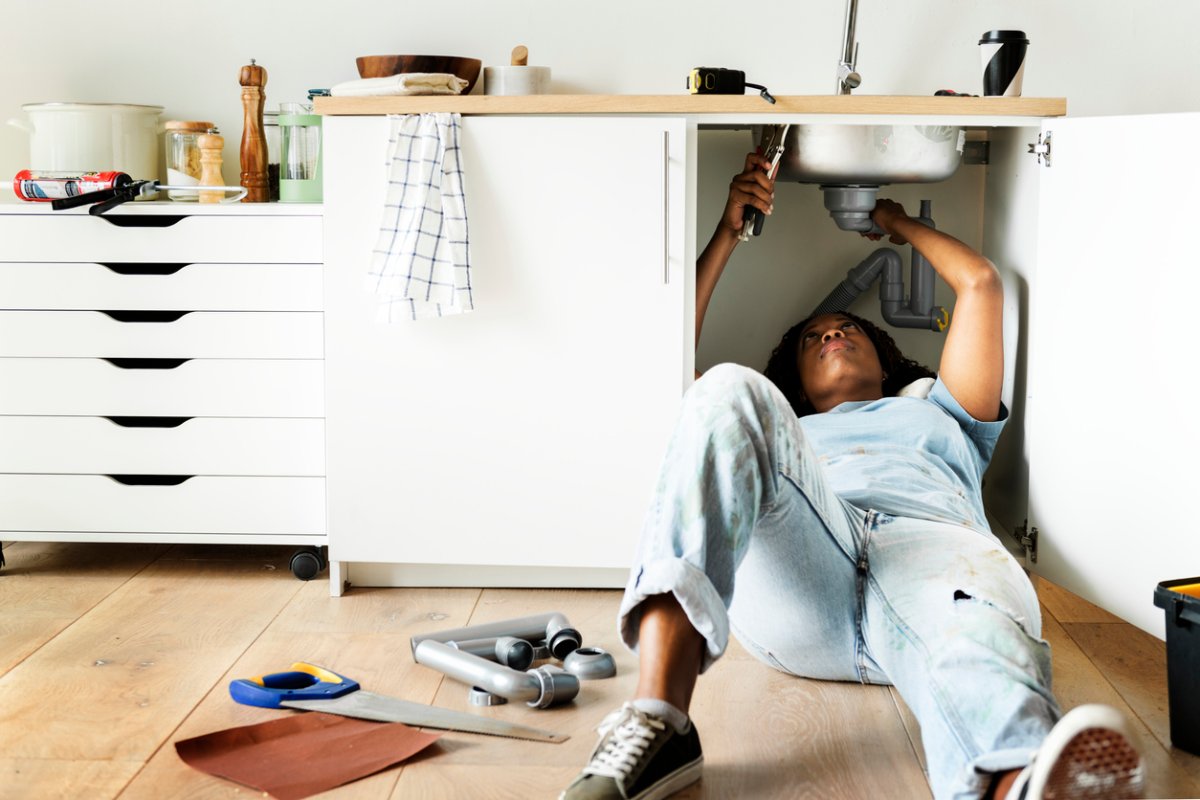We may earn revenue from the products available on this page and participate in affiliate programs. Learn More ›
From fixing leaky pipes to unclogging a toilet, some DIY repairs can make you sweat bullets when they go wrong. And, if you’re not experienced with the task at hand, you may end up with an even bigger problem by the time you realize that you’ve bitten off more than you can chew.
According to a recent study released by Angi, the following tasks cause the most stress for homeowners. Luckily, a few quick tips and helpful advice can keep some of the most irksome home projects manageable, even for an inexperienced DIYer. Keep reading to find out suggestions and solutions for tackling these 10 common DIY projects stress-free.
RELATED: DIY Disasters: 9 Homeowner “Fixes” That Can Mess Up Your House
1. Unclogging a Drain

Clogged sink, shower, or bathtub drains are a common household problem that can be easily fixed. However, a clogged drain combined with running water can just as easily lead to mold, decay, and structural issues.
To unclog a drain, assess whether the water is moving at all. If the water isn’t moving, don’t add more. The extra pressure of additional water could damage your plumbing or cause flooding in the room. Instead, start by cleaning out the drain maunally, followed by gentle plunging. Too much pressure can potentially break pipes.
If plunging doesn’t work to unclog the drain, it’s time to try a snake like the Liboyixi Drain Clog Remover Tool from our guide to the best drain snakes.
2. Finding a Water Leak

When fixing a leaky pipe, the most difficult step is typically finding the leak. Before tearing into finished drywall or ripping up flooring that will need to be repaired later, the least stressful method for searching depends on being careful. This may require some investigative work, such as monitoring water usage and doing a detailed examination of the connections to appliances like your washing machine and dishwasher.
Once you’ve found the source of the leak, turn off the water supply for that location. If the leaking pipe is behind a wall or near electrical wiring, it’s wise to also turn off the electricity. Depending on the pipe’s location, you may need a utility knife or reciprocating saw to cut through a wall. After you spot the leak, you can better decide if it’s time to call in a plumber.
3. Unclogging a Toilet
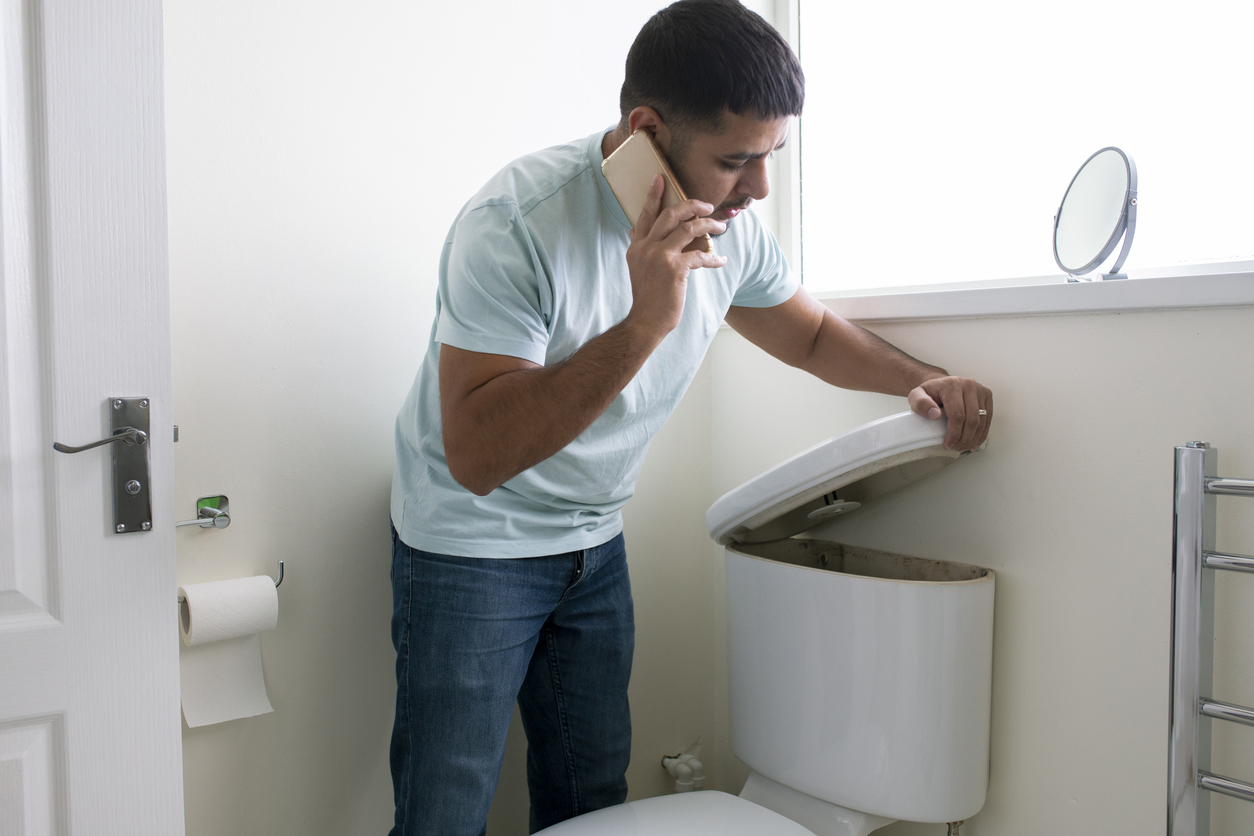
Nothing puts a household into panic mode faster than an overflowing toilet. You can save yourself some heartache (and water damage) by removing some of the water from the toilet bowl before you start plunging.
Wearing rubber gloves, scoop water out of the toilet bowl using a small container and pour it into an empty bucket. Then, plunge the toilet clog gently. If that doesn’t work, try snaking the drain or using an alternative like dish soap in our article on how to unclog a toilet without a plunger.
RELATED: The 25 Smartest and Smallest DIYs You Can Do for Your Home
4. Fixing a Dishwasher

Dishes go into the dishwasher dirty, and they should come out clean. If they don’t, you’ve got a problem, which could range from leaks or mechanical issues like the soap dispenser door not opening or the tub not draining completely. You could be doing something that’s causing the dishwasher to malfunction, like loading plates in front of the soap door, or a filter may need to be cleaned or replaced. Other issues that cause dishwashers to not work include clogged spray arms or a leaky hose.
If you have it or can find it online, read through your dishwasher owner’s manual—especially the troubleshooting section. And don’t assume you know the source of the problem before properly diagnosing it; fixing a problem that doesn’t exist can create more problems.
5. Cleaning the Gutters
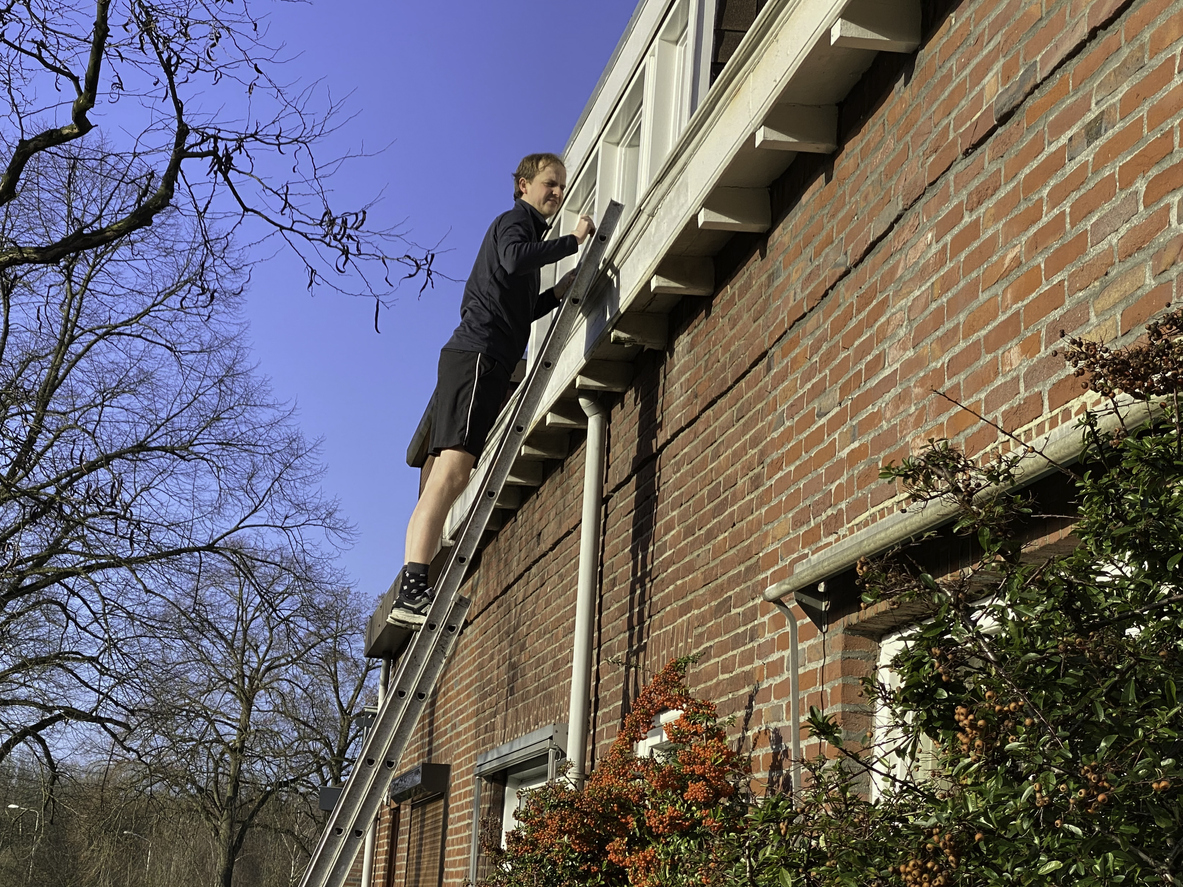
This necessary DIY project may be unpleasant, but cleaning the gutters is an imperative home maintenance task. It’s also important to make a safety plan before cleaning your gutters. Start with a sturdy ladder—like this Louisville extension ladder from our researched guide to the best ladders—and ask an assistant to hold it.
You can keep things simple by using a gloved hand to remove debris or get more precise and technical with special shop vac attachments. Take a look at these gutter cleaning options to find one that works for your gutter type and level of DIY experience.
6. Fixing a Leaky Faucet
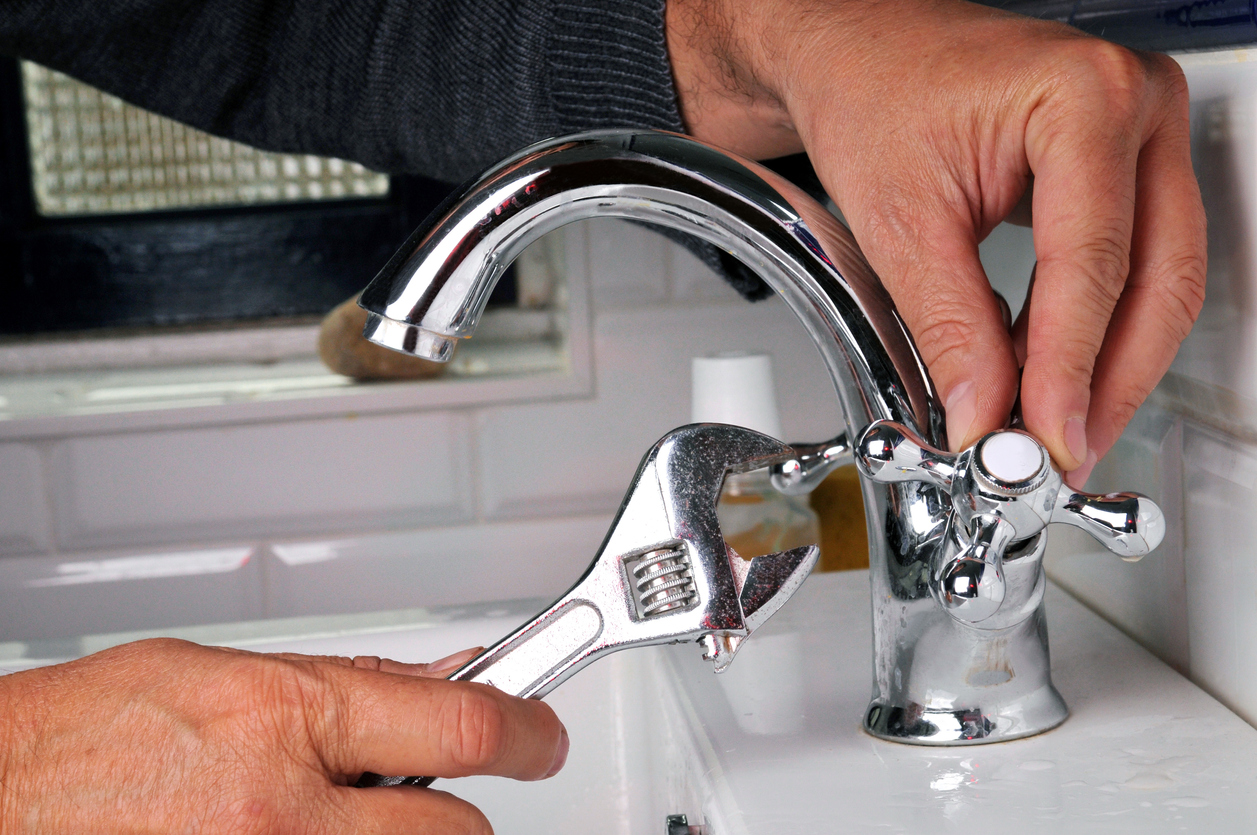
Fixing a leaky tap is a DIY repair that often requires just a towel and a flathead screwdriver. You’ll also need to know the type of faucet (compression or washerless) to make sure you use the correct repair method.
Different types of faucets work a bit differently and require different tools and methods to repair them. For more tips and greater detail, check out our instructions on how to fix a leaky faucet.
7. Repairing Gutters
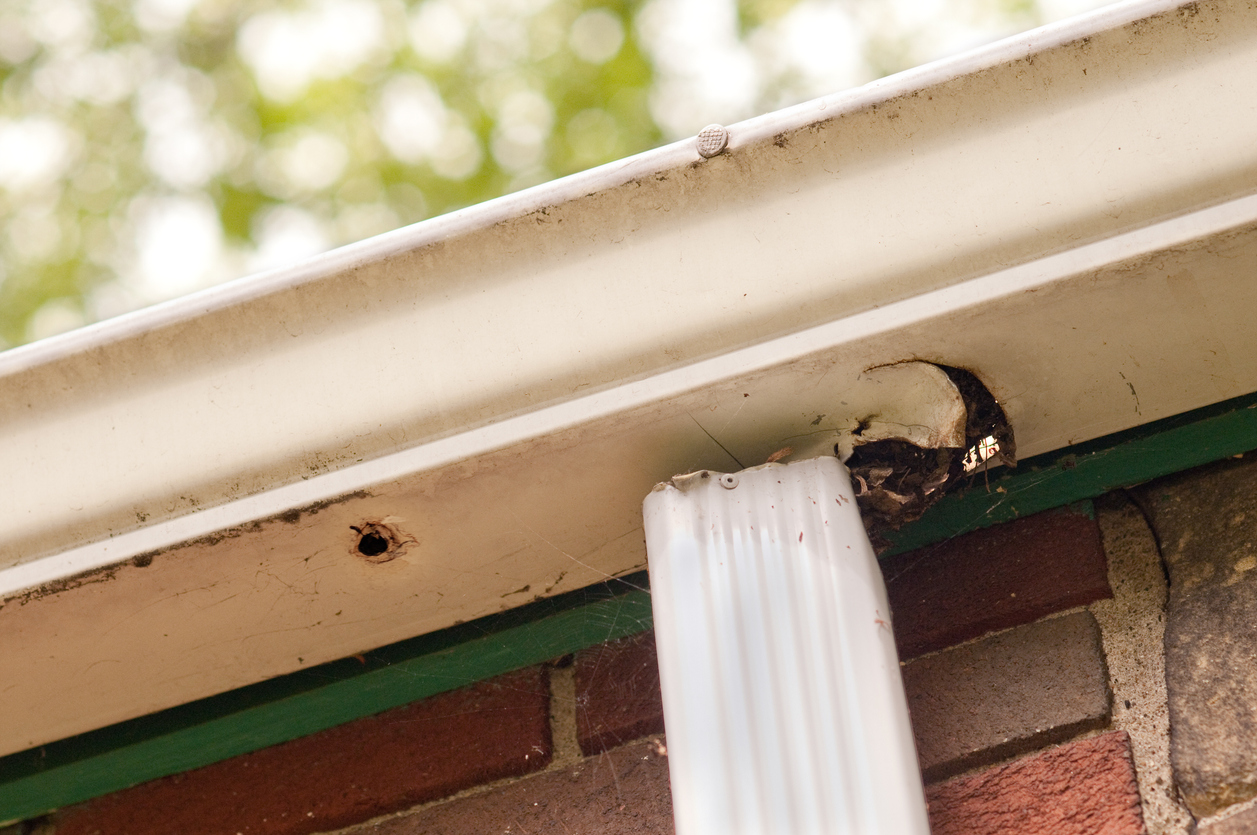
Leaks can run down the side of a house and cause water damage to the siding material and the foundation. If you notice a leak, check for a clog in your gutters. Sometimes a clog can cause an issue that looks like a leak.
Examine the face of the gutter and look for cracks and holes. In some cases, caulk can work wonders on fairly small leaks, but make sure to use caulk designed for gutters like this Liquid Rubber waterproof sealant—a favorite from our researched guide to the best gutter sealants.
If your gutter damage worsens, check out a few more of our tips on fixing gutter leaks to help address the problem before the next rainstorm.
8. Fixing a Washing Machine

Washing machine fixes can range from simple to expensive. If the water isn’t draining from your washer, make sure its drain height is set correctly, rule out your home plumbing, or check out these tips to locate a clog.
Leaks are a different issue. Check the washer to make sure it is level and examine the hoses and connections to make sure they’re secure and properly installed. If you’re still not sure what the issue is, you might need a pro to determine why your washing machine’s leaking.
9. Repairing a Door
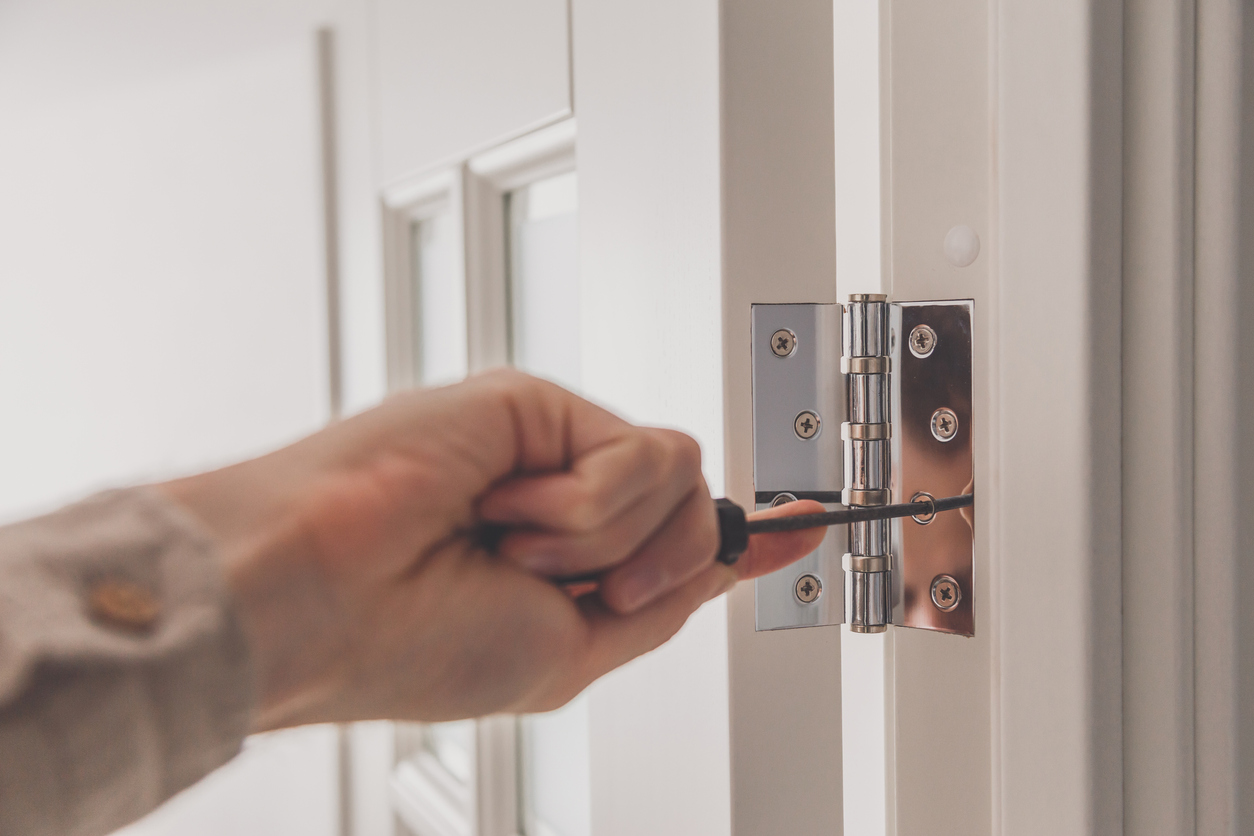
Pets, kids, and general wear-and-tear can leave doors hanging less than perfectly from their hinges. If you need to rehang a door or replace the hardware, you’ll need a different set of tools than you would use to fix a hole in a door.
You can make any door repair job easier by gathering all of the tools and materials you’ll need and clearing enough space to complete the project before getting started.
RELATED: 12 Practical Ways to Make Your DIY Projects More Environmentally Friendly
10. Fixing a Patchy Lawn
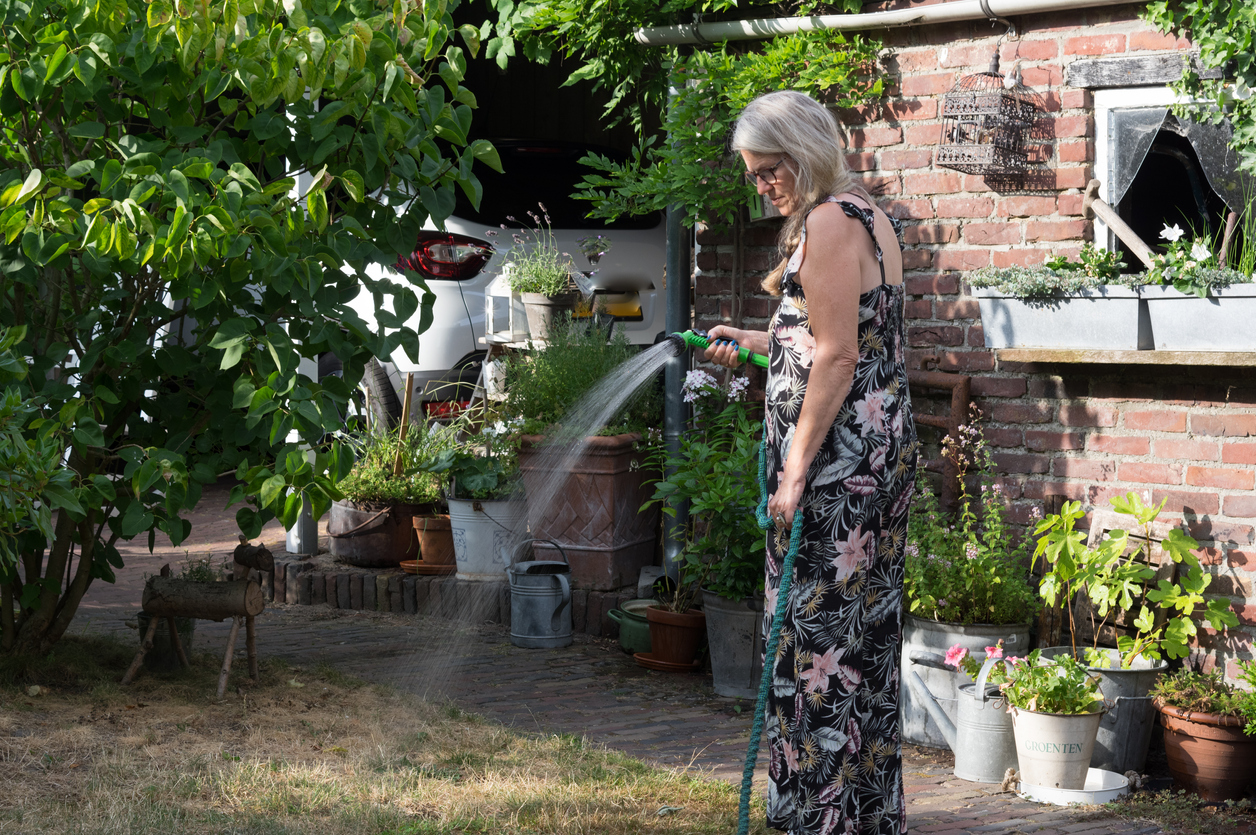
Unfortunately, your lawn may need more than love to look its best. Depending on the lawn’s challenges, fertilizer, dethatching, or reseeding can help keep a lawn well-groomed. Your pet (or a neighbor’s pet) that uses your lawn as a potty spot could also be part of the problem.
Curing a patchy lawn starts with basic care, which includes making sure the lawn is watered regularly. Help out the grass by leaving the clippings on the lawn while mowing. For a few more lawn tips, check out these dead grass solutions.

